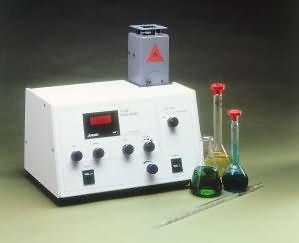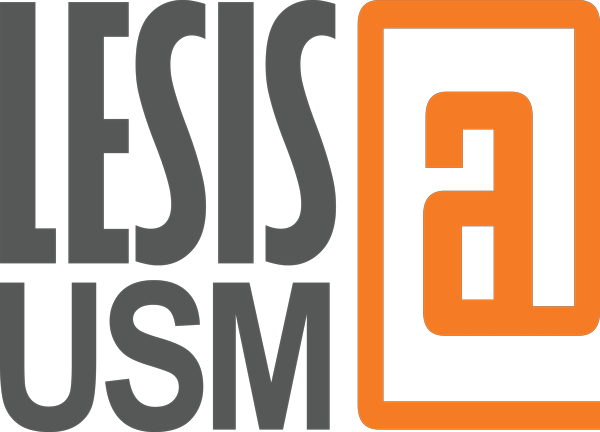


Laboratory Equipment & Services Information System
by Centralized Laboratory Management Office (CeLMO)
A flame photometer (also known as a flame photometer or flame emission spectrometer) is an analytical instrument used to measure the concentration of certain metal ions in a sample by analyzing the light emitted when the sample is heated in a flame. It is commonly used in laboratories to determine the levels of alkali and alkaline earth metals, such as sodium, potassium, calcium, and lithium.
How It Works:
- Sample Introduction: The sample, usually in liquid form, is aspirated into a flame.
- Atomization: The heat from the flame causes the sample to atomize, breaking the molecules into individual atoms.
- Excitation: The atoms absorb energy from the flame and become excited.
- Emission of Light: When the atoms return to a lower energy state, they emit light at specific wavelengths characteristic to each metal.
- Detection: A photodetector measures the intensity of the emitted light at specific wavelengths. The intensity is directly proportional to the concentration of the metal ion in the sample.
A flame photometer is used to measure the concentration of certain metal ions (like sodium, potassium, calcium, and lithium) in a sample by detecting the light emitted when the sample is burned in a flame. Here’s a step-by-step guide on how to use a flame photometer:
1. Preparation
- Ensure the flame photometer is clean and properly calibrated.
- Prepare standard solutions of known concentrations for calibration.
- Dilute the sample to match the working range of the instrument.
2. Calibration
- Turn on the flame photometer and allow it to warm up.
- Set the wavelength for the element you want to measure.
- Aspirate distilled water to set a baseline (zero reading).
- Run standard solutions and create a calibration curve.
3. Sample Analysis
- Aspirate the sample solution into the flame.
- Record the emission intensity.
- Compare the reading to the calibration curve to determine the concentration of the ion in the sample.
4. Cleaning & Maintenance
- Flush the system with distilled water after each sample.
- Regularly clean the burner and nebulizer to prevent clogging.
- Store the instrument properly after use.
- Manufacturer
- Brand
- JENWAY
- Model
- JENWAY
- Year Manufactured
- Year Procured
- 2007
- Department
- PUSAT PENGAJIAN SAINS KAJIHAYAT
- Location
- P.p.s Kajihayat > Aras 1> Soil
- Date Registered LESIS
- 17/10/2024
- Category
- Function
- Booking, Testing,
- Category
- Staff operated
- Equipment Status
- Good
Person In-Charge


